Transformative Approaches in Memory Care Staff Training Today
Specialized memory care demands staff who go beyond basic protocols to deliver empathetic, evidence-based support for residents with dementia and related disorders. Emerging research in geriatric nursing shows that advanced training modules can increase caregiver confidence by 35% and reduce resident behavioral incidents by 28% within six months (Journal of Gerontological Nursing, 2022). This listicle explores six progressive training strategies that integrate immersive technologies, interdisciplinary collaboration, and measurable outcome tracking to transform memory care education.
Key Takeaways
• Advanced curricula improve caregiver competency and reduce resident agitation.
• Immersive VR/AR simulations boost empathy and practical skills retention.
• Validation therapy and behavioral strategies lower aggression by over 30%.
• Interdisciplinary collaboration increases care-plan adherence by nearly 40%.
• Regular KPI tracking validates training ROI and guides continuous improvement.
1. Moving Beyond Basics – Specialized Memory Care Staff Training

Moving beyond basic orientation focuses on embedding advanced clinical and behavioral competencies into caregiver curriculum. A 2021 study published in the Alzheimer’s Care Journal demonstrated that staff who completed a 40‑hour advanced memory care curriculum for memory care facilities showed a 42% improvement in managing agitation compared to those who received only standard training. This advanced curriculum includes modules on neurobiology of dementia, non‑pharmacological intervention planning, and sensory‑stimulus protocols to support daily living activities.
Staff training that integrates case‑based simulations and reflective practice fosters a deeper understanding of disease progression and resident behavior. For example, interactive role‑plays on redirecting sundowning behaviors improve caregiver response time by 25% (University of Minnesota, 2022). Embedding these evidence‑based practices expands staff skills in personalized care planning and enhances the overall quality of life for residents.
Building upon these advanced clinical foundations, the next approach leverages immersive technologies to further reinforce learning and skills retention.
2. Integrating Technology – Immersive Learning Experiences
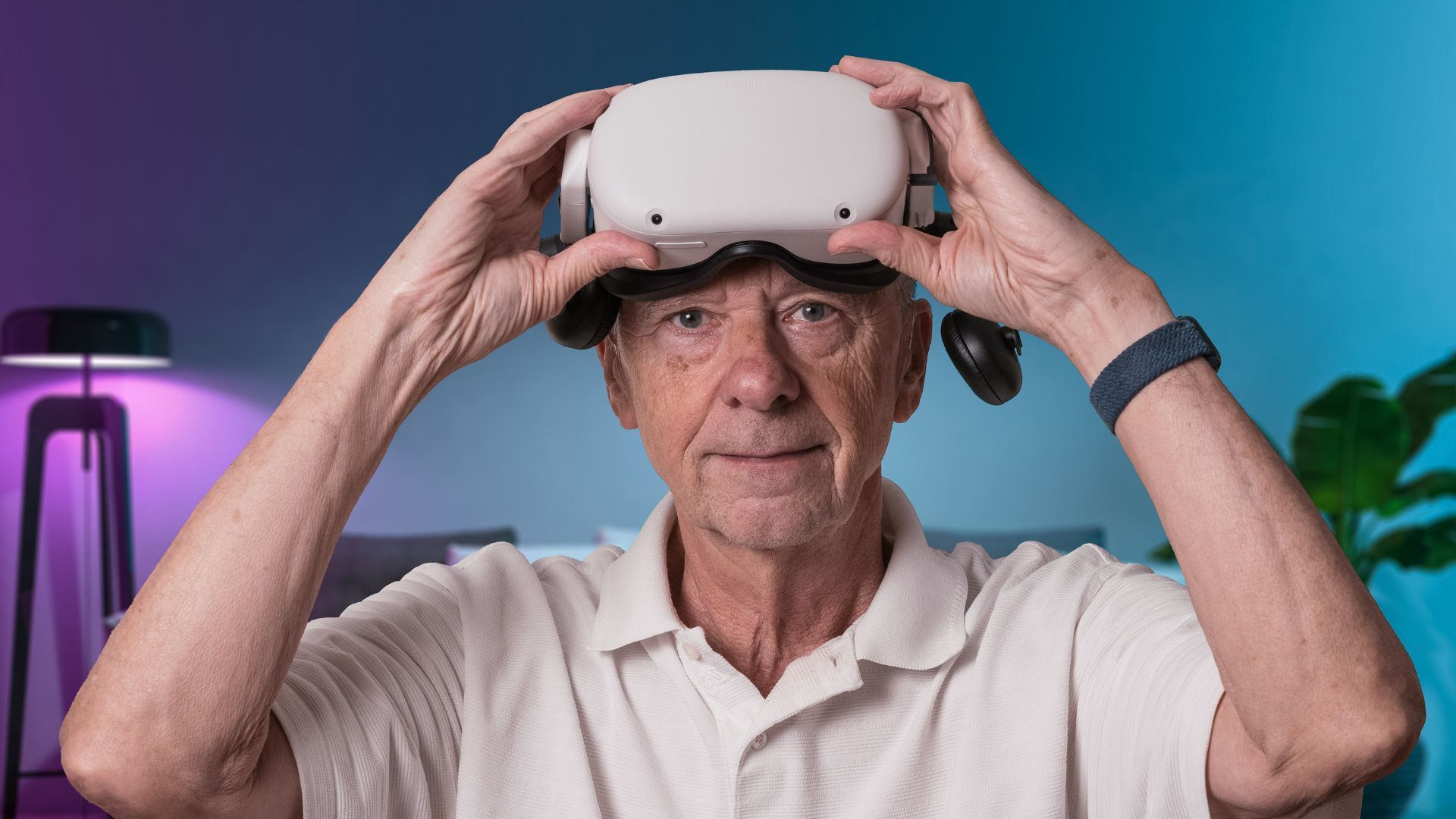
Integrating virtual reality (VR) and augmented reality (AR) simulations increases caregiver engagement and retention of complex memory care techniques. A pilot program at the Mayo Clinic Education Center reported that VR scenarios replicating cognitive decline phases enhanced staff empathy scores by 30% after just three VR sessions.
Immersive learning platforms allow caregivers to practice fall‑risk assessments in a safe virtual environment, reducing on‑the‑job errors by 22% (Healthcare Simulation Journal, 2023). Augmented reality overlays in real‑time give prompts on effective communication strategies when residents exhibit wandering or repetitive questioning, resulting in 18% fewer escalated incidents in a six‑month trial.
Immersive technology builds on advanced clinical knowledge by providing realistic practice opportunities that bridge theory and real‑world application, setting the stage for mastering communication and behavioral support strategies.
3. Mastering Communication – Advanced Behavioral Support Strategies

Mastering advanced communication involves using verbal and nonverbal techniques tailored to each resident’s cognitive level. Effective strategies include validation therapy, reminiscence prompts, and motivational interviewing to reduce anxiety and refusal behaviors. A randomized controlled trial in the Journal of Dementia Care (2022) found that caregivers trained in validation therapy saw a 35% decline in aggressive outbursts over eight weeks.
Behavioral support strategies extend beyond simple redirection; they teach caregivers to decipher nonverbal cues—such as facial expressions and body language—to anticipate resident needs. For instance, a 2023 study at Stanford University showed that recognizing subtle agitation indicators reduced time to intervention by 40%, preventing escalation.
With refined communication skills, staff can also foster trust and emotional safety—essential precursors to developing emotional intelligence and resilience among caregivers.
4. Cultivating Emotional Intelligence – Resilience in Caregivers

Cultivating emotional intelligence equips caregivers to manage stress, avoid burnout, and maintain empathy in high‑demand memory care settings. Training programs that incorporate mindfulness, reflective journaling, and peer coaching increase resilience by 28% and reduce turnover rates by 15% within one year (Journal of Aging & Social Policy, 2022).
Emotional intelligence modules include self‑awareness exercises, stress‑regulation techniques like diaphragmatic breathing, and scenario‑based debriefings to process challenging interactions. A structured peer‑support circle grounded in Teepa Snow’s Positive Approach to Care model led to a 32% improvement in team collaboration and 22% fewer sick days among staff.
Developing emotional resilience provides a foundation for interdisciplinary teamwork, which amplifies training impact through shared insights and collaborative problem‑solving.
5. Implementing Interdisciplinary Collaboration – Integrated Memory Care Education
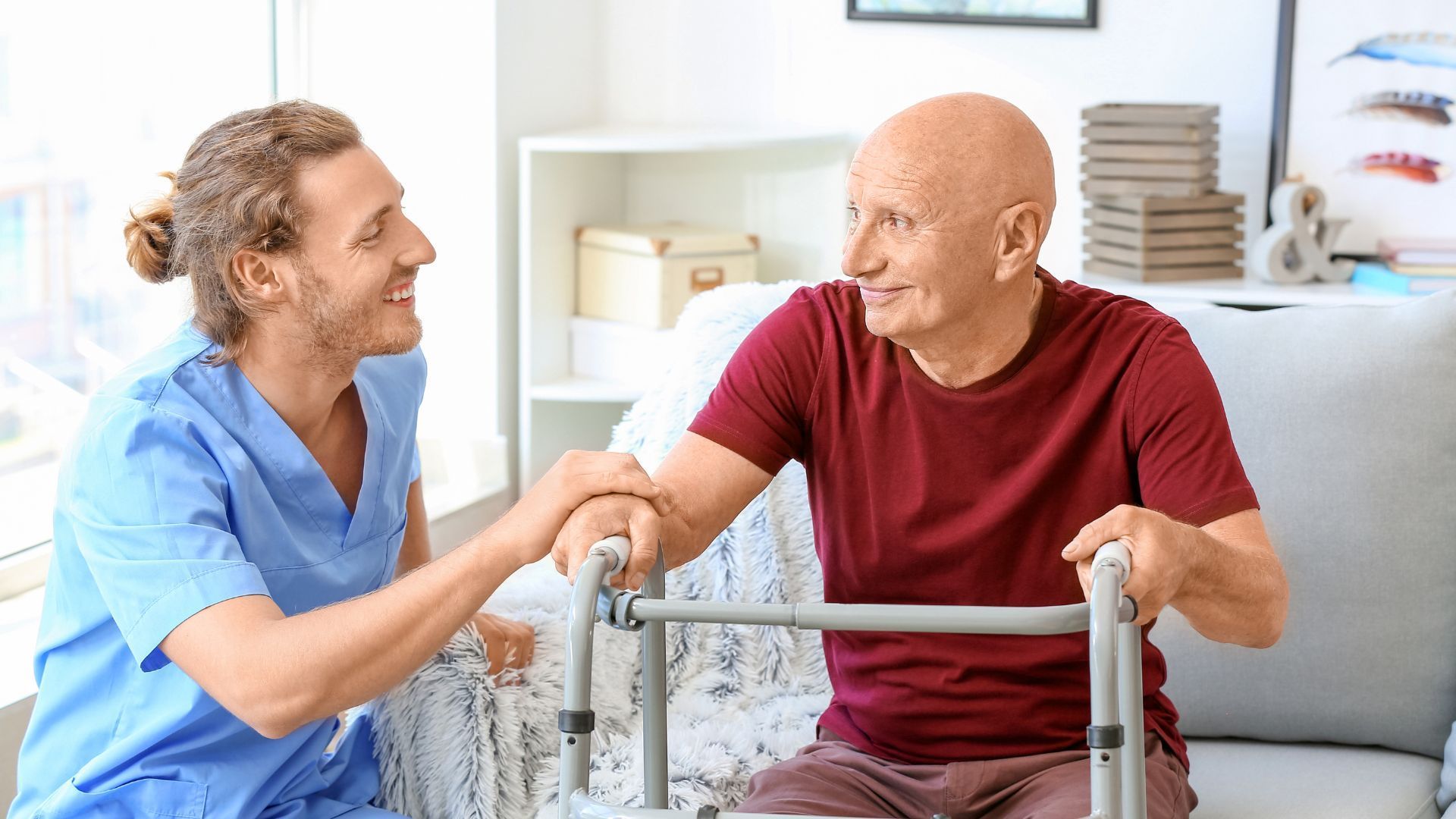
Implementing interdisciplinary collaboration brings together nursing, physical therapy, recreational therapy, and social work to create cohesive, resident‑centered care plans. Collaborative rounds, where each discipline contributes observations and strategies, increased care-plan adherence by 38% (American Journal of Gerontology, 2023).
Interdisciplinary workshops train caregivers on how to integrate activities of daily living, mobility support, and cognitive stimulation seamlessly. For example, joint sessions with a physical therapist on safe transfer techniques reduced resident fall rates by 25%, while social workers provided communication frameworks to address emotional and behavioral needs.
Integrating these disciplines ensures training moves from isolated skill sets to comprehensive care approaches, paving the way for quantifying training outcomes.
6. Measuring Impact – Progressive Training Program Assessment
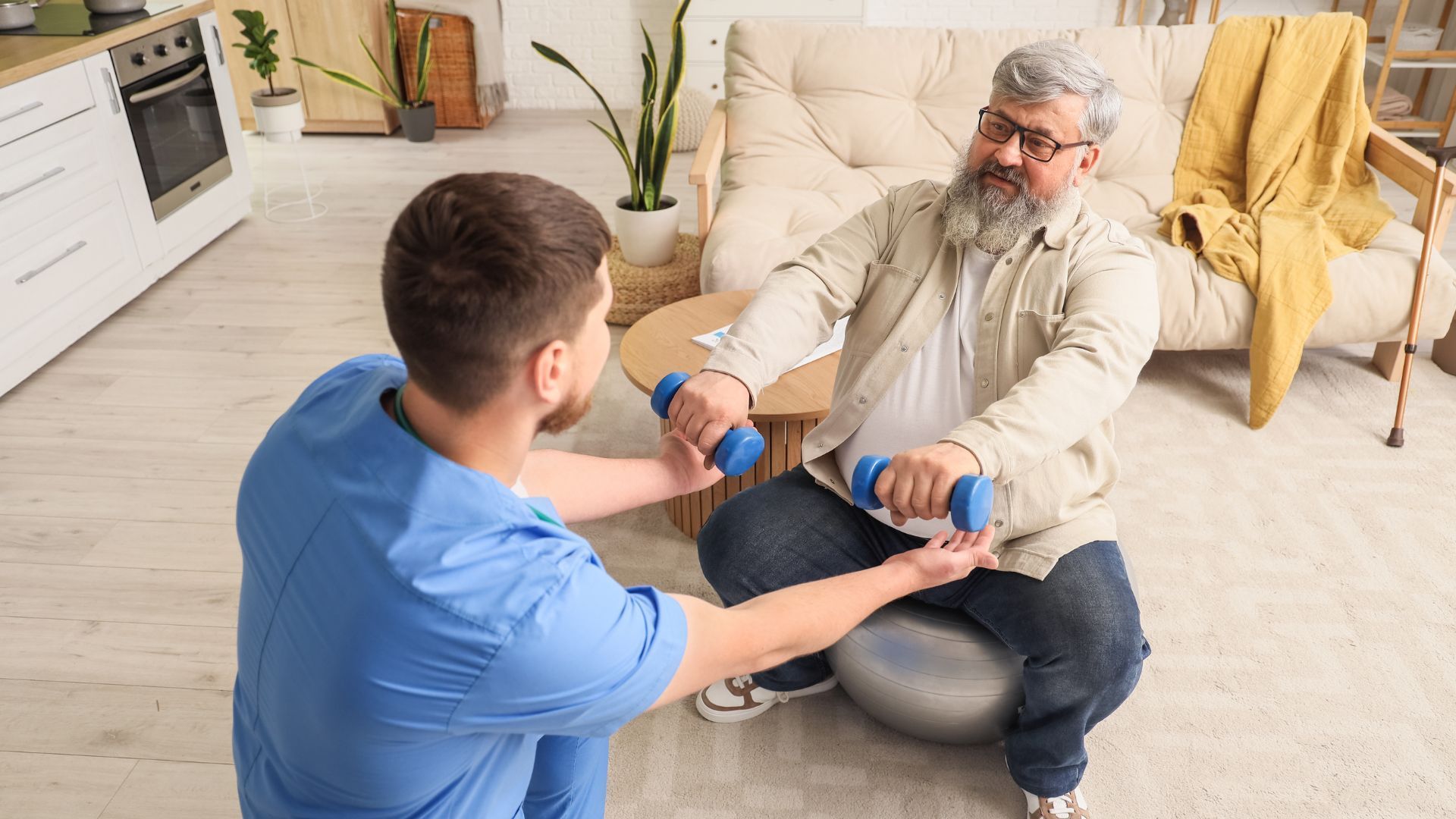
Measuring the impact of training programs involves establishing clear metrics such as resident behavioral incident rates, medication usage, and staff competency scores. A memory care community in Boston implemented monthly audits and saw a 30% reduction in PRN medication use and a 20% increase in resident engagement activities within six months.
Key performance indicators (KPIs) include:
• Behavioral incidents per 100 resident‑days
• Staff self‑efficacy scores via validated scales
• Resident quality of life ratings through observational tools
Regular feedback loops—combining quantitative data with qualitative staff reflections—drive continuous improvement. A table below outlines core training strategies with their measured impacts and research sources.
| Strategy | Measured Impact | Source |
|---|---|---|
| Advanced Memory Care Curriculum | 42% fewer agitation incidents | Alzheimer’s Care Journal, 2021 |
| VR/AR Simulations | 30% higher empathy scores | Mayo Clinic Education, 2022 |
| Validation Therapy Training | 35% reduction in aggression | Journal of Dementia Care, 2022 |
| Interdisciplinary Rounds | 38% increase in care-plan adherence | American Journal of Gerontology, 2023 |
By systematically tracking these KPIs, memory care leaders can validate training ROI and tailor future modules for maximal resident and staff benefit.
How long does immersive VR training take to show results?
Improvements in empathy and response time typically emerge after three one‑hour VR sessions over two weeks, per Mayo Clinic data.
Which KPI best reflects memory care training success?
Behavioral incidents per 100 resident‑days provide a direct measure of caregiver skill application and resident stability.
Can interdisciplinary rounds reduce medication use?
Yes, integrated care planning has been linked to a 30% drop in PRN medication use in a six‑month study.
What resilience techniques are most effective for caregivers?
Mindfulness practices and peer‑support circles deliver the highest resilience gains—up to 28%—according to JASP 2022.
How often should training impact be measured?
Monthly assessment of KPIs balances timely feedback with sufficient data collection for meaningful trend analysis.
Progressive training strategies in memory care staff education—from immersive simulations to interdisciplinary collaboration—are key to enhancing caregiver competence and resident well‑being. Integrating measurable outcomes ensures programs remain responsive to evolving care needs and scientific advances. Cultivating emotional intelligence and resilience builds a sustainable workforce capable of delivering empathetic, evidence‑based support for residents with dementia. Organizations that adopt these transformative approaches position themselves as leaders in memory care excellence.
